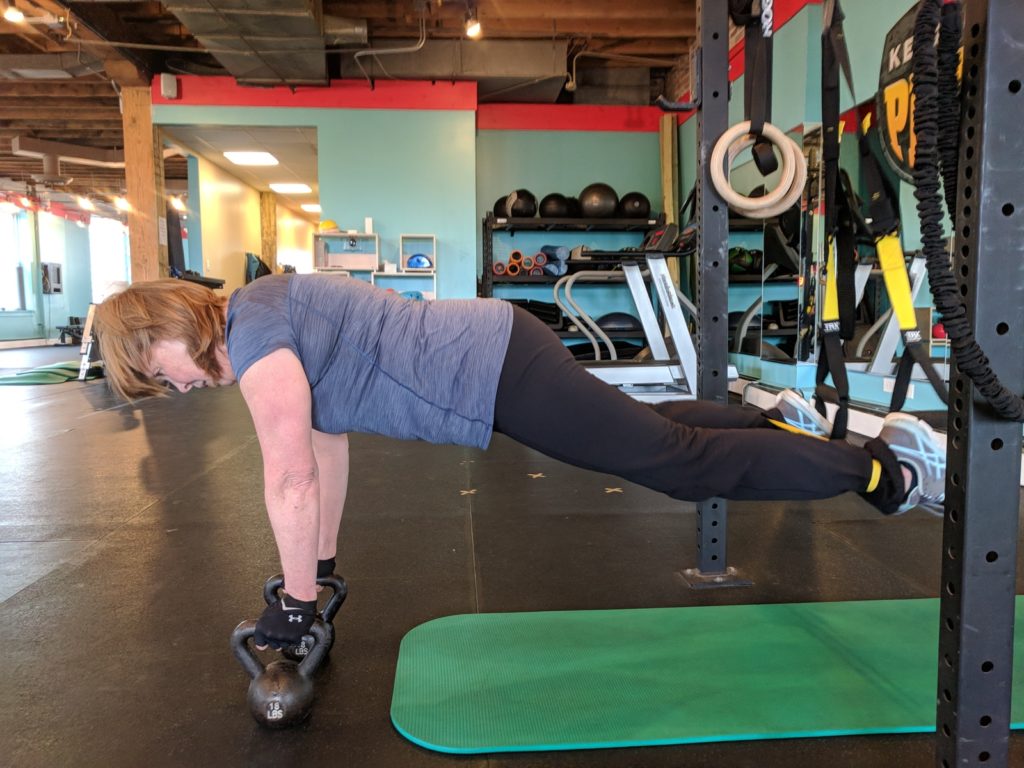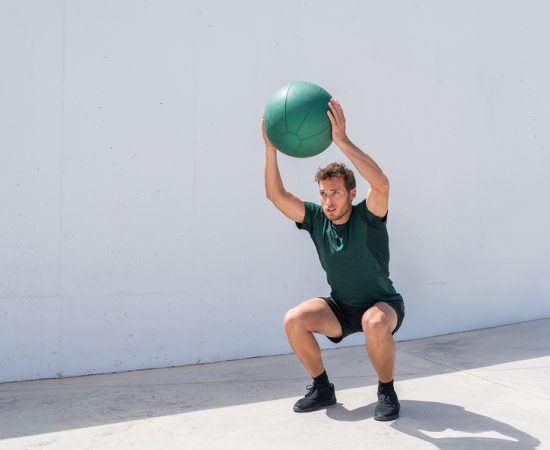Periodization Training
Periodization helps to avoid over training by systematically alternating high training loads with decreased loading phases.
Example – Workout days
Day 1 Strength
Day 2 Strength and Endurance
Day 3 Strength and Speed
Within the example days listed above you would implement one of the periodization models listed below, based on your fitness and health condition.

Training Models
Non Periodization
Linear – Workload/Volume of sets and reps are constant every day. Intensity increases with load progression
Random Variation – Workout intensity and volume change arbitrarily with no other program structure.
Periodization Models
Undulating –Workout routine during the week consistently changes. Workout intensity and volume increases and decreases regularly.
Traditional – Intensity and workout volume are steadily manipulated to start with high volume and low intensity and progresses to high intensity and low volume
Over reaching – Either volume or intensity is greatly increased for a one – two week period and then the training routine is returned to normal.
4 Minute workout – 20 seconds highest intensity / 10 seconds rest / repeat 8 times
Non Periodization
Use unusual shape and control challenged devices to improve
Core strength development
Real life functional carryover
Integrated strength development
Lunge with an overhead press
Hybrid Movement
Combine two exercises into one movement
Example – Bent over row with a dead lift
Pyramids
Ascending – Increase Repetitions, Duration or Load with each consecutive Set
Descending – Decrease Repetitions, Duration or Load with each consecutive Set
Reciprocating – One exercise increases intensity the other exercise decreases intensity
Building Blocks
Choose up to 4 exercises
Choose a duration (reps or time)
Add an exercise to each block
Rest 10-20 second between exercises
Rest 1-2 minutes between each block
Example
Exercise #1 / Rest 30 seconds
Exercise #1 & 2 / Rest 45 seconds
Exercise #1 & 2 & 3 / Rest 75 seconds
Exercise #1 & 2 & 3&4 / Rest 90 seconds
Squatting
One of the most functional exercise anyone can perform is the squat. Anytime you get in and out of a chair, you are performing a squat. There are many different versions of squats that you can perform; bench squat, sumo squat, kettle bells swings, etc. The key, like any other exercise is to perform them correctly. Ideally you should have your trainer analyze your movement as you are exercising. If you don’t have a trainer then use a mirror to evaluate yourself.
Joint and body movements to observe
Look at your knees, are they moving in or outward as you squat?
Are your knees sheering (knees over toes) forward as you squat down?
Are your heels lifting off the ground as you squat downward?
Are you hinging at your hips or initiating your first move with your knees?
Are you rounding at your back as you squat downward?
Are you finishing your upward movement completely?
As you can see there is a lot to squatting correctly. Remember that doing an exercise movement is not the same as doing an exercise movement correctly.

